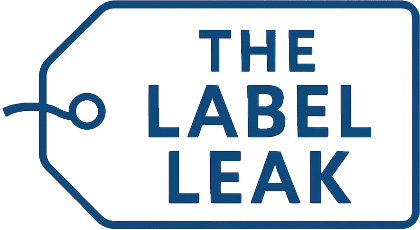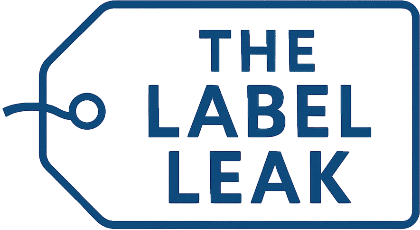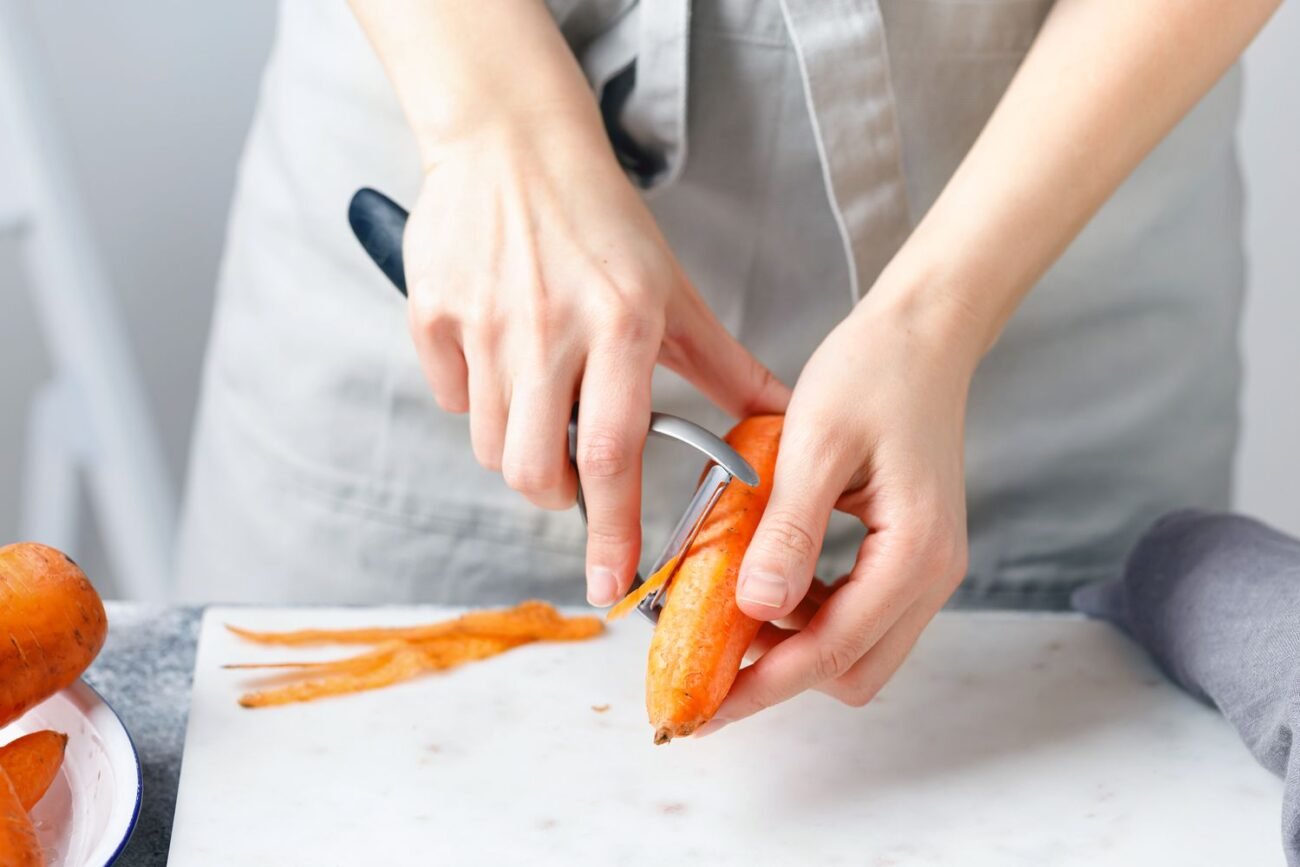Avoiding the most common food safety mistakes is crucial for your well-being and a successful meal. After all, regardless of how well you master different cooking methods or ingredients, you won’t be able to enjoy a dish if it causes food poisoning. This is especially important when you’re feeding a crowd, as foodborne illness is riskier for certain groups, including young children, pregnant people, and those who are older or have weakened immune systems.
Understandably, learning the dos and don’ts of food safety can seem overwhelming. But know that once you start adopting basic food safety practices, it will soon be second nature. If you’re unsure where to start, consider these common mistakes food safety experts say to avoid. They explain why each blunder presents a food safety risk and how to avoid it, so you can make your food and eat it too.
- Vanessa Coffman, Ph.D., program director at Stop Foodborne Illness
- Bryan Quoc Le, Ph.D., food scientist, food consultant, and author of 150 Food Science Questions Answered
Using the Same Cutting Board for Produce and Raw Meat
It may be tempting to use one cutting board for everything, but using the same board to prepare both produce and raw meat can be a serious food safety mistake. “Raw meat contains pathogenic bacteria that can make you extremely sick, so it’s crucial that all other foods are kept separate to avoid contamination,” explains Bryan Quoc Le, Ph.D., food scientist, food consultant, and author of 150 Food Science Questions Answered.
The fix: Invest in separate cutting boards for produce and raw meat. If possible, choose different-colored boards so you can easily tell them apart. Additionally, if you need to cut cooked meat, use the board designated for raw produce or a third, separate board.
Not Washing Produce Before Peeling
Credit: Getty Images
Washing produce you plan to peel might seem like a pointless step—won’t the dirt and germs on the surface be removed with the peel? Not necessarily, say experts. Dirt and sickness-causing pathogens on the peel can transfer to the peeler, then on to your cut produce, says Vanessa Coffman, Ph.D., program director at Stop Foodborne Illness.
This is especially concerning for produce that will be eaten raw, as heat destroys germs during the cooking process. Regardless, “even if it doesn’t make you sick, no one wants to find dirt on their food,” points out Le.
The fix: Before peeling produce, wash it under running water with a clean vegetable brush, instructs Coffman. And don’t forget to start with clean hands before handling produce.
Keeping Leftovers for Too Long
Another mistake is ignoring how long leftovers have been stored in the refrigerator. As Le notes, bacteria and fungi are everywhere, and there are likely some on the food even before it’s refrigerated. These microorganisms “can slowly multiply even in the refrigerator, so after a few days, their numbers could become large enough to make someone sick,” he explains. This is especially likely if they produce toxins, like Staphylococcus aureus does, Le says.
The fix: “Leftovers should be eaten within three to four days,” says Coffman. Additionally, “if you reheat leftovers, make sure they reach a minimum internal temperature of 165 degrees Fahrenheit,” notes Coffman. This will ensure any harmful germs in the food are destroyed.
Not Using a Meat Thermometer
If you often rely on visual cues (think color and texture) when cooking meat, it may be time to buy a meat thermometer. Visual cues are not reliable indicators that harmful pathogens have been killed, as they vary from meat to meat, says Coffman. The perception of said visual cues may also vary between people, she notes.
The fix: For the most accurate indicator of doneness, insert a meat thermometer into the thickest part of the meat, recommends Coffman. “It will let you know when you’ve killed harmful bacteria like Salmonella and E. coli without overcooking your meat,” she notes. “Each protein has its own minimum internal temperature it needs to reach, but when in doubt, make sure the thermometer reads 165 degrees,” says Coffman.
Thawing Frozen Food on the Counter
Credit: skhoward / Getty Images
Defrosting frozen food on the countertop may be convenient, but it presents a food safety risk. The practice “keeps the food in the danger zone, which is between 40 and 140 degrees, the temperature range in which most bacteria rapidly multiply and possibly produce toxins,” explains Le. This increases the chances of foodborne illness, even if the food is cooked, he adds.
The fix: To safely thaw frozen food, such as chicken, place it in the refrigerator or in a bowl (or sink) of cold water, making sure to replace the water every 30 minutes, says Le. This will ensure the water doesn’t enter the temperature danger zone.
Relying on Visual Cues When Handling Leftovers
Another common mistake is using visual cues when assessing the safety of leftovers. Coffman explains why: “Spoilage bacteria (those that make your nose turn) and pathogens (those that make you sick) are different, and just because something smells okay, doesn’t mean it’s safe to eat.” Instead, the length of time leftovers have been stored is a more accurate indicator of safety.
The fix: Eat refrigerated leftovers within three to four days, and toss any food that has been kept for longer. If you have a hard time keeping track, add a dated label as soon as they go in the fridge. Also, when reheating leftovers, always warm them to 165 degrees to ensure harmful bacteria has been killed, says Coffman.
Leaving Food Unrefrigerated for Too Long
Credit:
Kinga Krzeminska / Getty Images
Similarly, food left out at room temperature might look and smell okay, but that doesn’t mean it’s safe to eat. After a certain time frame, illness-causing bacteria can multiply and grow to large numbers that are enough to make you sick. Thus, it’s vital to consider how long food has been left unrefrigerated instead of depending on visual cues.
The fix: Never leave cooked food at room temperature for more than two hours. Refrigerate leftovers as soon as possible, as the cold temperature of the fridge can slow the growth of bacteria, says Coffman. Toss any perishable food that has been left out at room temperature for more than two hours, she adds.
Washing Raw Chicken
Many people wash raw chicken to remove bacteria, but the practice can do more harm than done. “While your mom and grandma might have done it, washing chicken can splash harmful Salmonella and Campylobacter bacteria around your kitchen and onto other foods, possibly making you and your family sick,” says Coffman. Besides, the only way to destroy harmful bacteria is to cook the chicken thoroughly.
The fix: Skip the step of washing raw chicken, as it’s unnecessary and potentially unsafe. Instead, focus on other practices that prevent cross-contamination in your kitchen, like using a separate cutting board for raw chicken.


